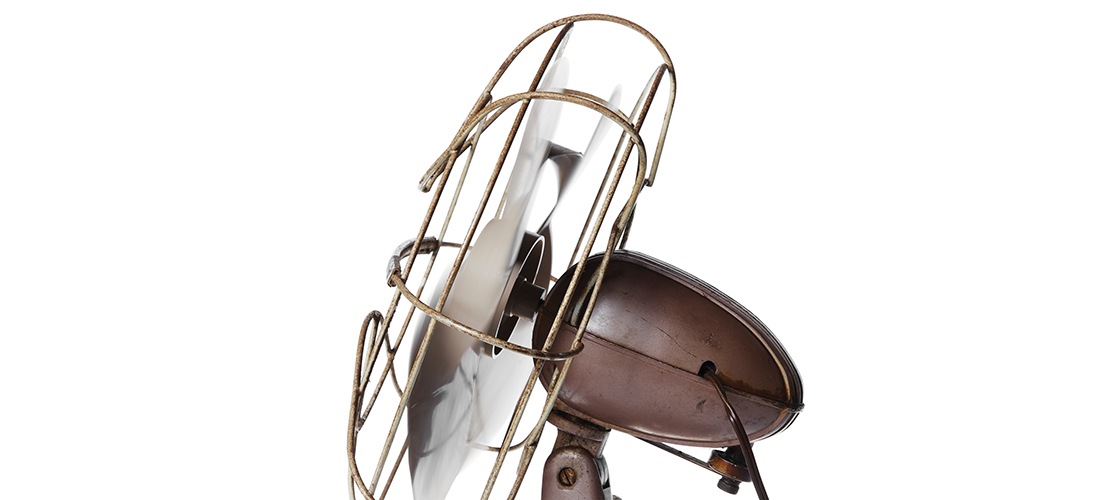
The endless battle with the Dog Days
By Bill Fields
We had a long list of defenses against the heat in the years before air conditioning — things to drink, eat or do — but moving into the last leg of an oppressive Sandhills summer they worked about as well as a fly swatter on a swarm of yellowjackets.
No matter how cold the Kool-Aid or TruAde, how juicy the watermelon or how still you could sit in the shade with a damp washcloth on the back of your neck, as the hot months continued there was a cumulative toll on the counter-measures.
Statistically, July has always been hotter than August by a little bit in Southern Pines, although the highest recorded temperature in North Carolina is 110 degrees, in Fayetteville, on August 21, 1983. By then, of course, central air wasn’t as foreign as Central America.
Growing up, given the swelter that usually had been endured since school let out, by the end of the Dog Days in early August it didn’t matter if the high was 88 instead of 91. It was still humid. Even the prettiest girls weren’t glowing, they were sweating. When he wasn’t working, Dad lived in his Bermuda shorts and white T-shirt, even if the latter didn’t have a pocket for his cigarettes.
There were the lakes (Aberdeen, Badin, White), but those were for special occasions and there could be complications. A kind but directionally challenged neighbor once allowed me to slip into the back seat with his kids for a trip to White Lake, but after several hours and what turned out to be very wrong turns in his Delta 88, we were amid the bars and pawn shops of Spring Lake nowhere close to the clear waters we were shooting for.
We eventually made it to White Lake that day for a brief swim, the whole adventure in sharp contrast to our usual water sport of running under a sprinkler in the yard, activity that was guaranteed to end with taking sand spurs out of your feet. Before my parents splurged and bought a small, aluminum-sided pool that looked like a large yellow can, my friends and I improvised. We dug a large pit and lined it with a spare plastic tarp, believing it would hold water and provide us with a private swimming hole. Fortunately, none of us later tried to become engineers.
I knew two window fans very well. One was old when I was young, its blades within a wooden housing with yardstick-like metal bars on the front, a few of which had gone missing in its lifetime. The other was more modern, a three-speeder whose high setting sounded like it could get a small plane aloft. Compared to the industrial-strength models you saw at the service station or feed store that were mounted on a tall stand and oscillated like the head of an attentive prison guard, ours were meager fans. But late at night, without a shirt or a top sheet, you’d talk yourself into believing they were doing some good.
Being in an air-conditioned space felt like a holiday. The best part of a night in a motel room on a rare summer road trip wasn’t the color television, the sani-wrapped glasses or even an honest-to-goodness pool, but an air conditioner you could crank up as much as you wanted. The food at Hoskins, our favorite place to eat on vacations to Ocean Drive, was matched by the restaurant’s chilled air that took the edge off a sunburn and made you feel, for an hour or so, that you were living large.
I remember when air conditioning came to our home in the form of a large window unit from Sears in the summer of 1974. Placed in a window on the east side of the house in the living room, it was powerful enough to cool the downstairs, although I was cautioned to keep it on low, lest the electric bill soar.
On the evening of August 8, 1974, when Richard Nixon, under so much heat, said he was resigning the presidency the next day, we watched on TV in the newly purchased cool. Summer, like a lot of things, was different. PS
Southern Pines native Bill Fields, who writes about golf and other things, moved north thirty years ago but hasn’t lost his accent or his ability to stay cool.





